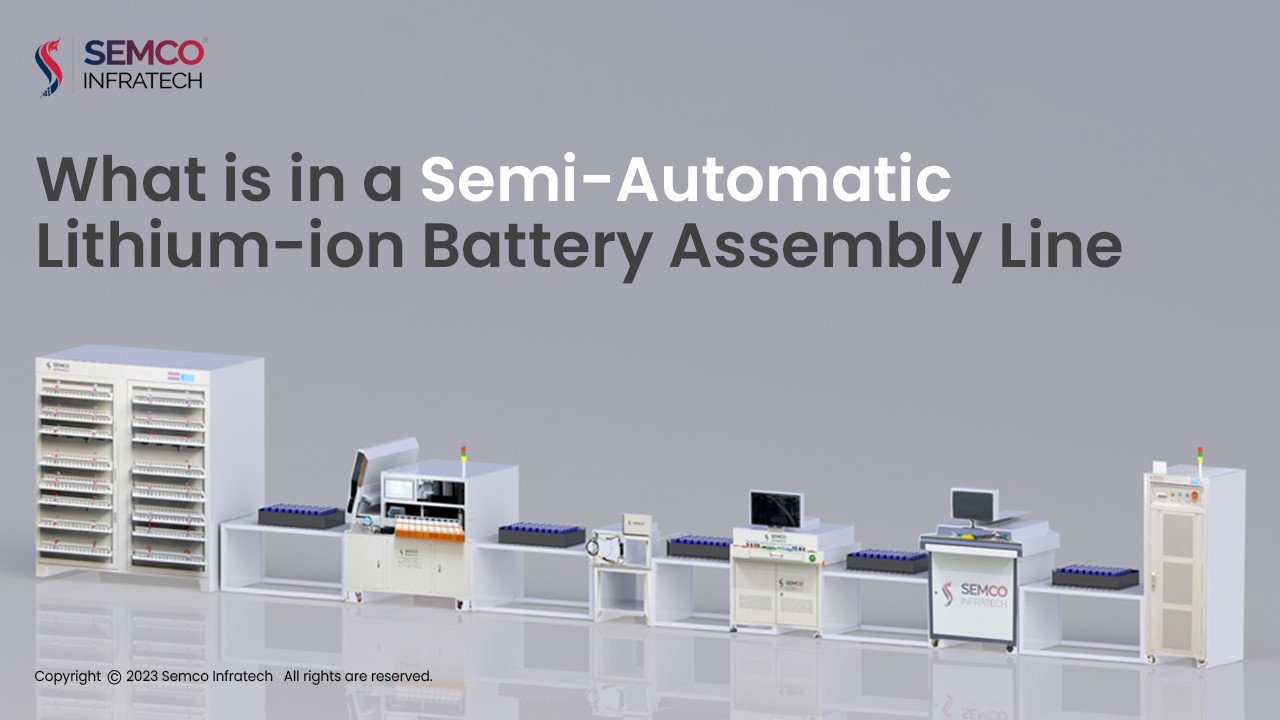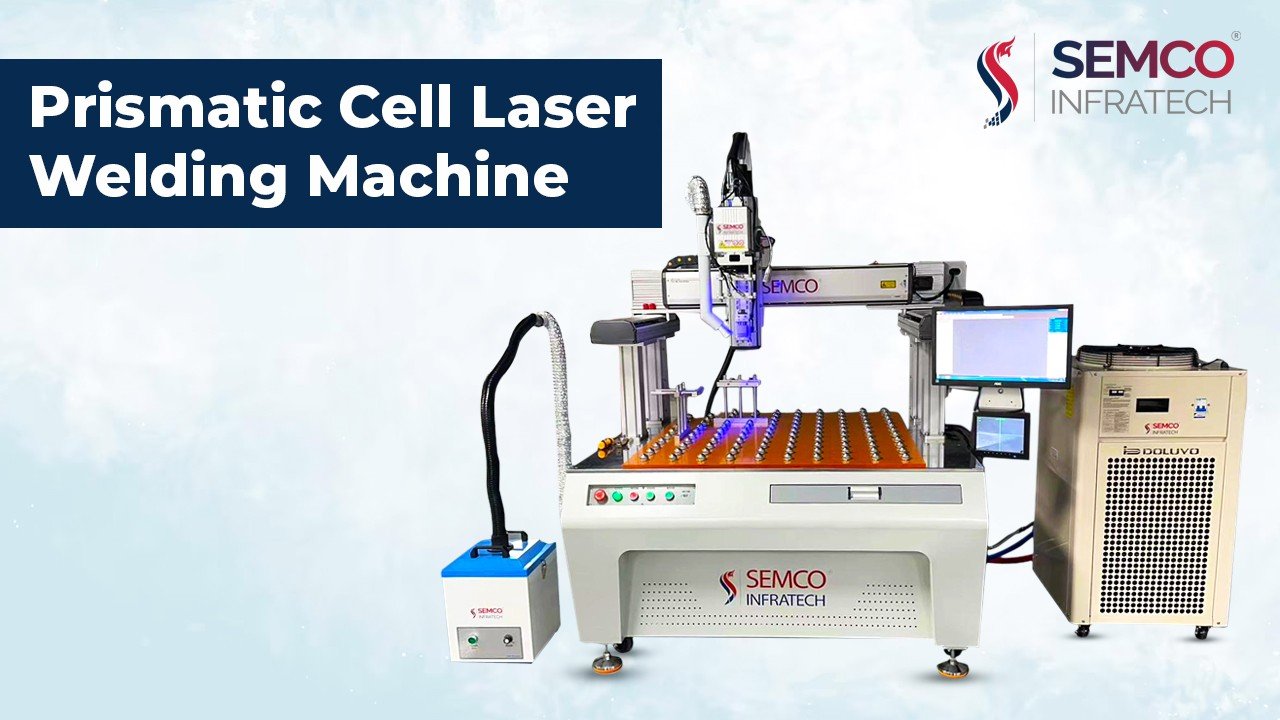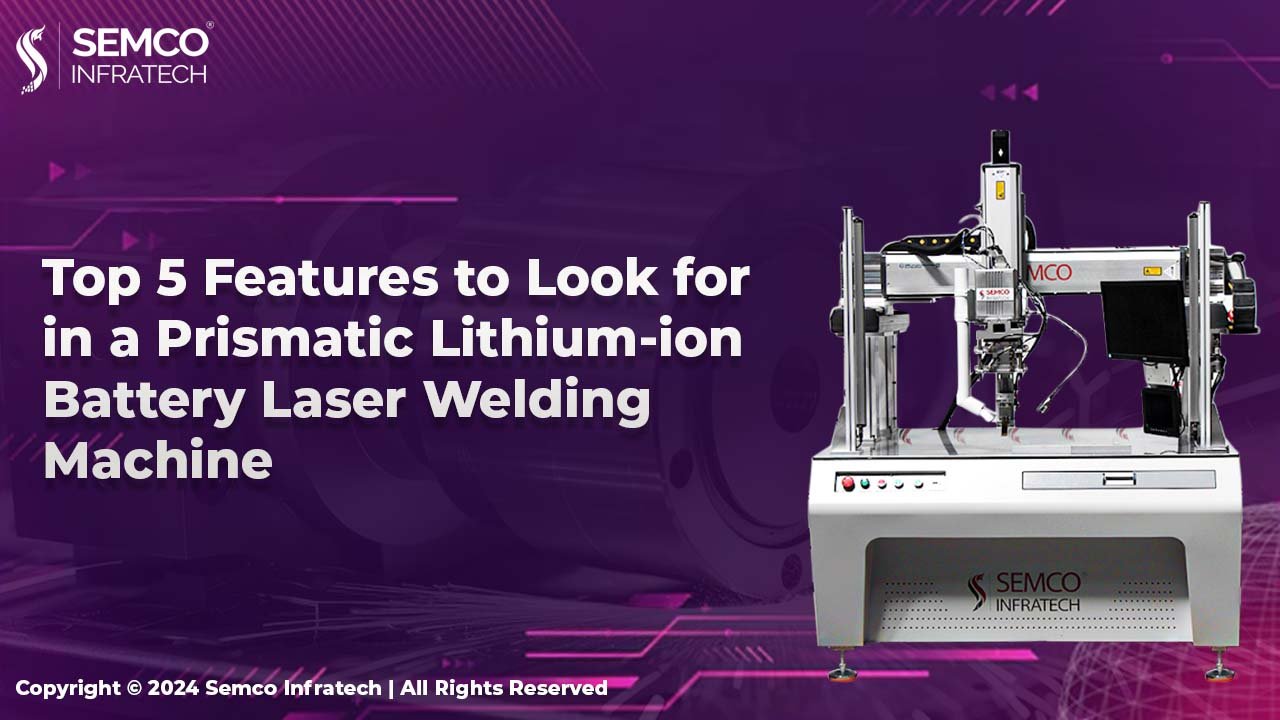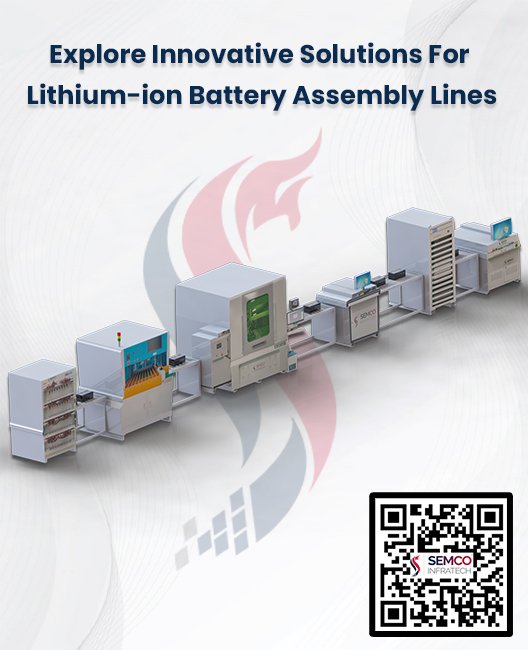
A semi-automatic lithium-ion battery assembly line represents a cutting-edge solution for the efficient assembly of lithium battery modules. When customized for various requirements, this production line integrates various processes. It includes sorting, grading, welding, testing, and assembly, ensuring a seamless and precise manufacturing workflow. The processes in a semi-automatic line are automated but still need human directions. In a semi-automatic line, things like
Production Line Overview
The production line encompasses a range of functionalities, emphasizing manual and automated processes for optimal efficiency. From manual feeding to gantry lifting, each stage contributes to creating high-quality soft-packed lithium battery modules.
Flow Chart
The production line is visualized through a comprehensive flow chart, illustrating the sequential order of operations. This aids in understanding the systematic progression of the assembly process, setting the foundation for a streamlined workflow.
Process Flow Chart Description:
Part 1: Description of the Main Station
1. Cell Feeding Scanning Code Sorting Test Module:
- Manual placement of cells on the belt line.
- Automated code scanning for efficient identification.
- OCV testing using a daily tester to assess voltage internal resistance.
- Sorting of products based on testing results.
Part 2: Process Description
Station 1: Cell Feeding Scanning Code Sorting Test Module
- Manual transport of cells on the belt line.
- Automated code scanning for efficient identification.
- OCV testing using a daily tester to assess voltage internal resistance.
- Sorting of products based on testing results.
Station 2: Extreme Ear Leveling, Extreme Ear Cutting, Extreme Ear Leveling Mechanism
- Automated processes for shaping and cutting extreme ears for uniformity.
Station 3: Manual Gluing, Manual Stacking, Manual Strapping,
Manual Installation of Bus Module
- Manual gluing with precision and distortion-free application.
- Neat stacking of cells, ensuring correct alignment of positive and negative electrodes.
- Strapping and installation of the bus module.
Station 4: Extreme Ear Bending Mechanism
- Automated bending mechanism for the installation of the busier board battery module.
Station 5: Extreme Ear Leveling Mechanism
- Tray-based transportation to the pole-ear leveling mechanism.
- Automatic flattening of the module for uniformity.
Station 6: Laser Welding Module
- Precise laser welding of the PACK module pole column using XYZ coordinates.
- Purification and recycling system for efficient smoke management.
Station 7: Total Internal Pressure Internal Resistance Test
- Testing the total internal resistance value of the PACK module.
- Setting parameters to ensure module voltage internal resistance is within acceptable ranges.
Conclusion
In conclusion, Semco Infratech’s Semi-Automatic Lithium-Ion Battery Assembly Line represents a long step in energy storage manufacturing. By merging manual precision with automated processes, the production line guarantees the creation of soft-packed lithium battery modules characterized by unparalleled quality and efficiency. As industries increasingly seek energy storage solutions, these innovations become indispensable in meeting the growing needs of a sustainable future.






